Potentially Hazardous Asteroids Graphic Cropped
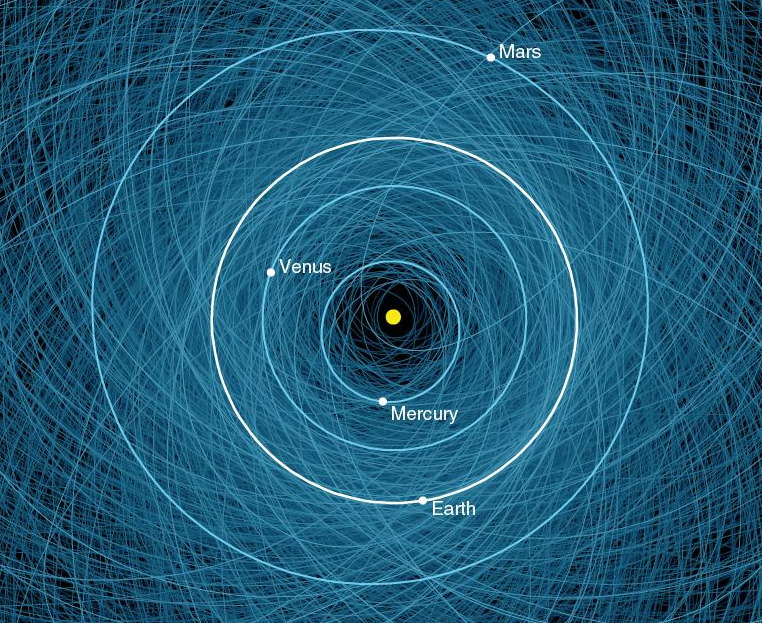
This NASA graphic shows the orbits of all the known Potentially Hazardous Asteroids (PHAs), numbering over 1,400 as of early 2013. Shown here is a close-up of the orbits overlaid on the orbits of Earth and other inner planets. [Read the Full Story]
World Action Plan Emerging to Combat Asteroid Threat

An artist's illustration of a large asteroid headed for Earth.
Orbits of Potentially Hazardous Asteroids
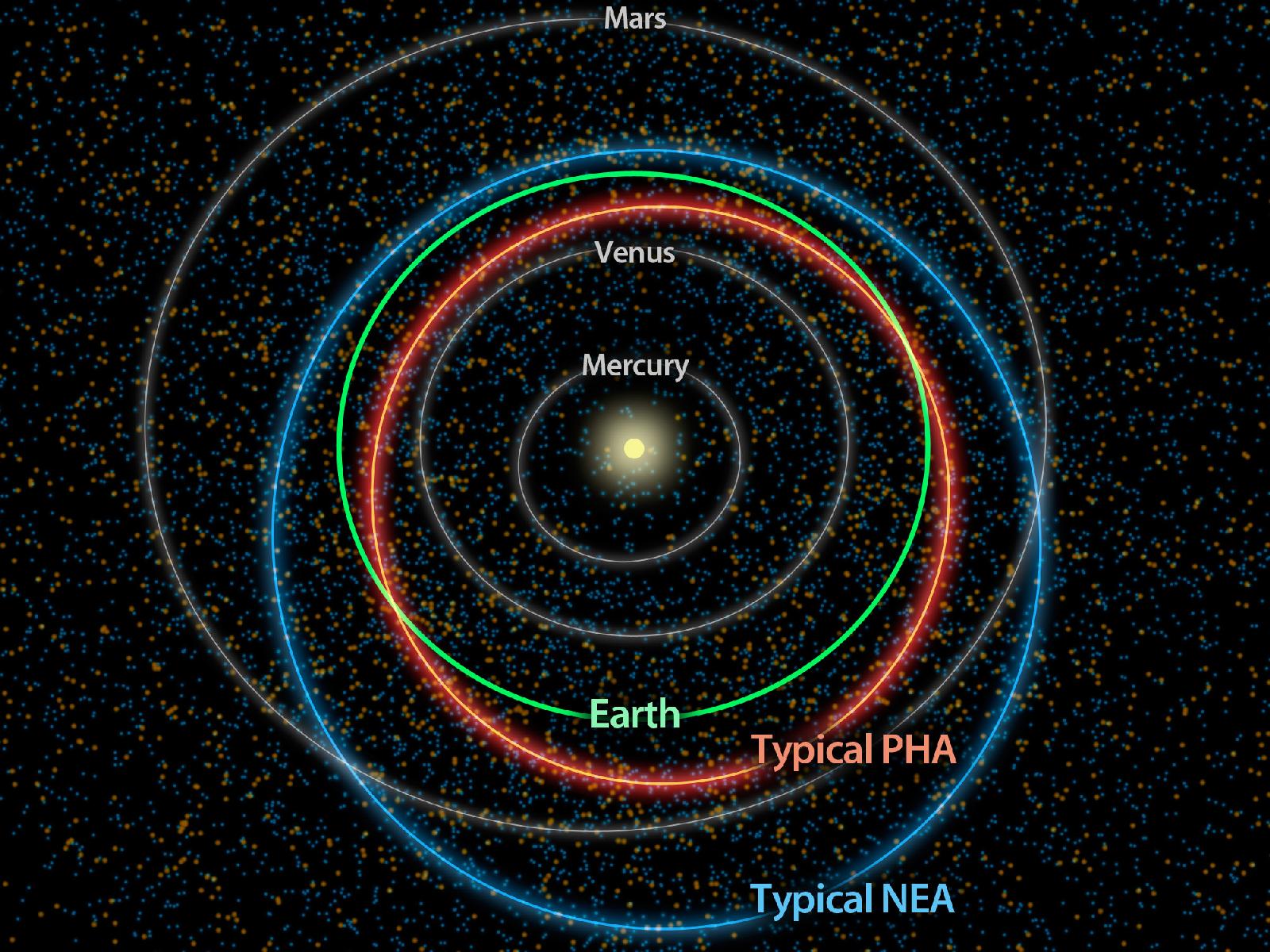
This diagram illustrates the differences between orbits of a typical near-Earth asteroid (blue) and a potentially hazardous asteroid, or PHA (orange). PHAs have the closest orbits to Earth's orbit, coming within 5 million miles (about 8 million kilometers), and they are large enough to survive passage through Earth's atmosphere and cause significant damage.
NASA NEO Asteroid Size Model
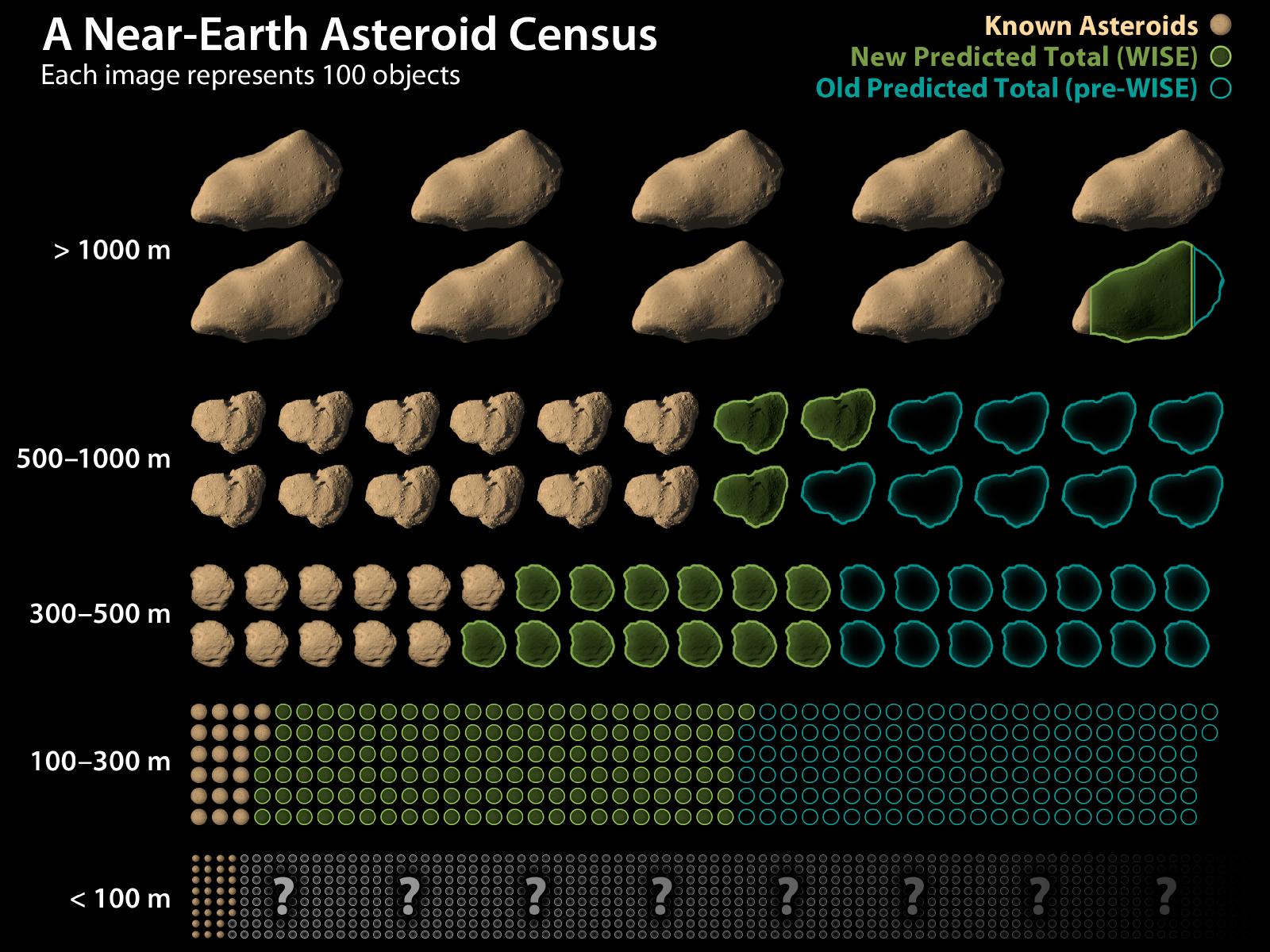
This chart illustrates how infrared is used to more accurately determine an asteroid's size.
New Image of Asteroid 2005 YU55
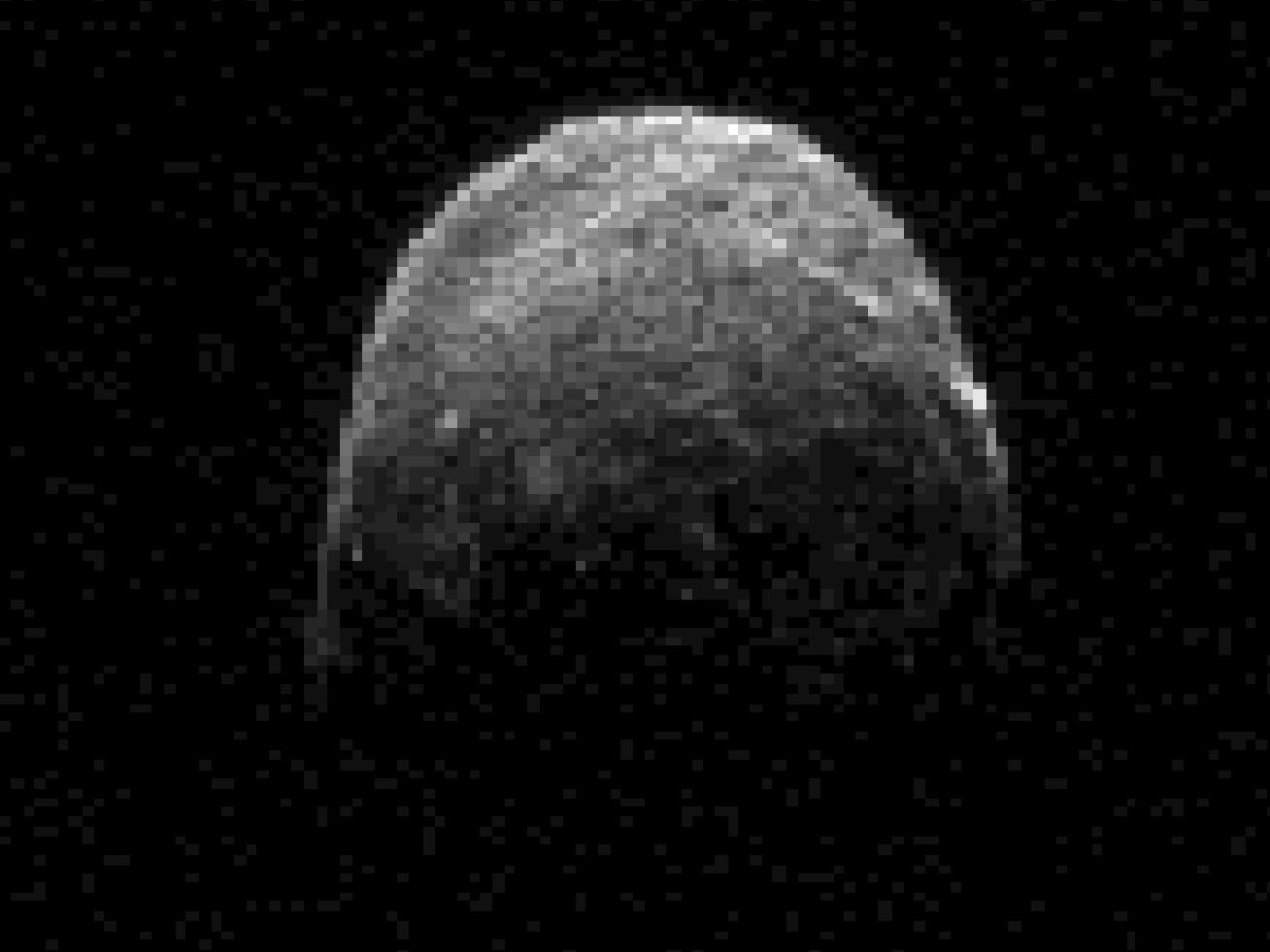
This radar image of asteroid 2005 YU55 was obtained on Nov. 7, 2011, at 11:45 a.m. PST (2:45 p.m. EST/1945 UTC), when the space rock was at 3.6 lunar distances, which is about 860,000 miles, or 1.38 million kilometers, from Earth.
Asteroid 2005 YU55 trajectory
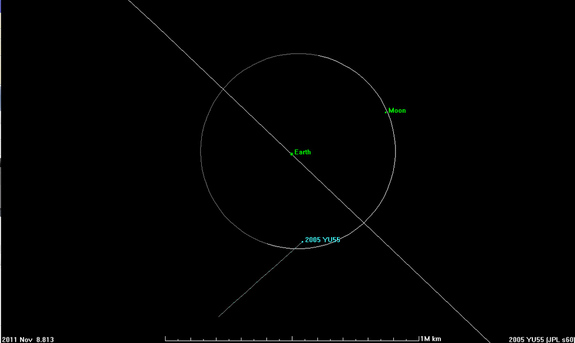
This still from a NASA animation by Jon Giorgini of the Jet Propulsion Laboratory shows the trajectory of asteroid 2005 YU55 as it passes between Earth and the moon on Nov. 8, 2011.
Potentially Dangerous Asteroid Bennu
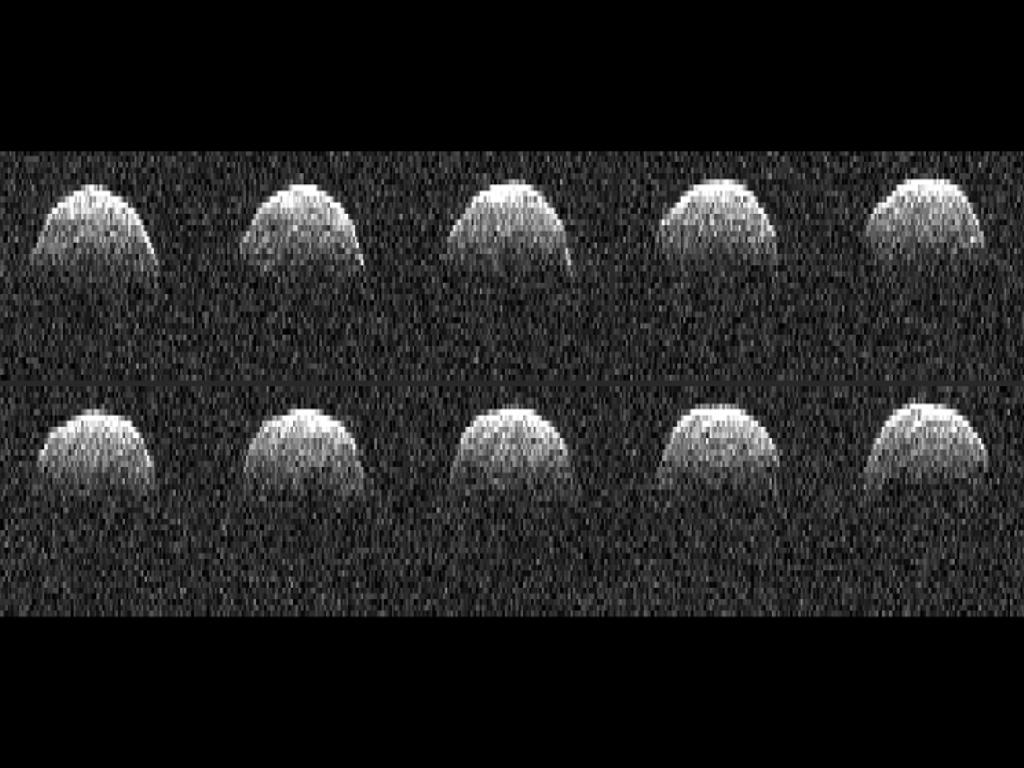
This radar image of potentially hazardous asteroid Bennu (previously known as1999 RQ36) — the target of NASA's Osiris-Rex sample-return mission — was obtained by NASA's Deep Space Network antenna in Goldstone, Calif. on Sept 23, 1999.
Get the Space.com Newsletter
Breaking space news, the latest updates on rocket launches, skywatching events and more!
Asteroid Apophis Illustration
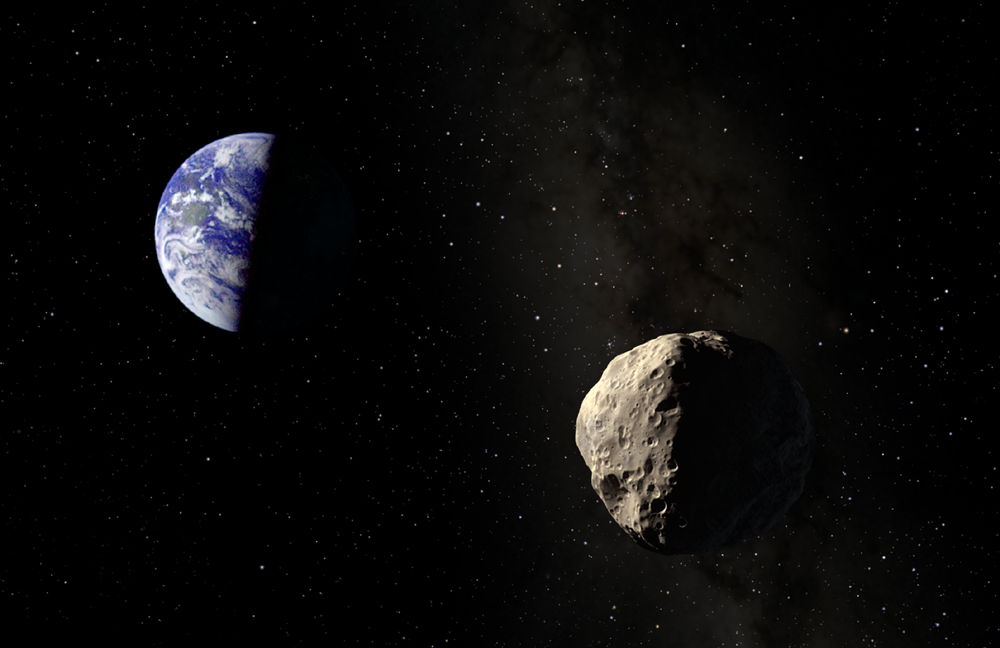
An artist's illustration of asteroid Apophis near Earth. The asteroid will fly extremely close to Earth in 2029, and then again in 2036, but poses no threat of hitting the planet either time.
Herschel’s Three-Color View of Asteroid Apophis

ESA’s Herschel Space Observatory captured asteroid Apophis in its field of view during the approach to Earth on January, 5-6, 2013. This image shows the asteroid in Herschel’s three PACS wavelengths: 70, 100 and 160 microns.
Asteroid 2011 AG5
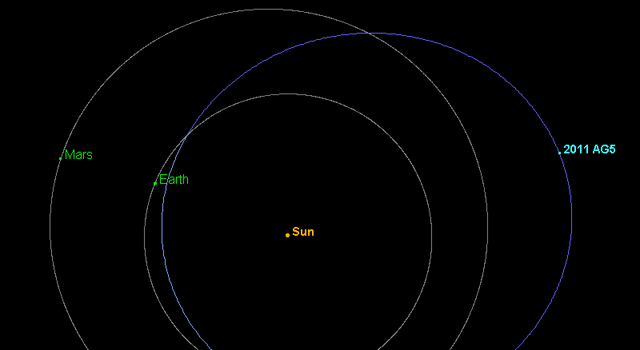
The orbit of asteroid 2011 AG5 carries it beyond the orbit of Mars and as close to the sun as halfway between Earth and Venus.
Potentially Dangerous Space Rock Lost, and Found
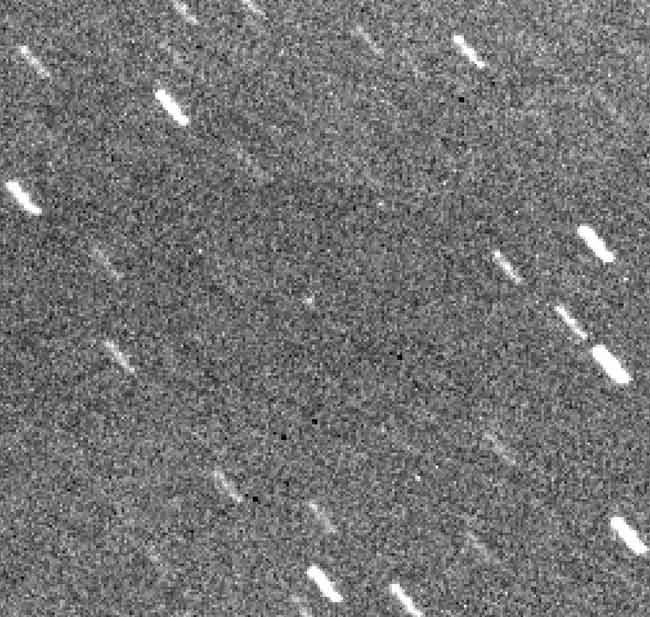
Minor planet 6344 P-L (=2007 RR9) among the stars on October 3, 2007. This is currently still a faint object, recorded in 3-minute exposures tracked on the target object by Paulo Holvorcem of Brazil, remotely using the 0.35-m telescope at Tenagra Observatory in Western Australia (at Shenton Park, near Perth) operated by Paul Luckas.
Join our Space Forums to keep talking space on the latest missions, night sky and more! And if you have a news tip, correction or comment, let us know at: community@space.com.

Michael Wall is a Senior Space Writer with Space.com and joined the team in 2010. He primarily covers exoplanets, spaceflight and military space, but has been known to dabble in the space art beat. His book about the search for alien life, "Out There," was published on Nov. 13, 2018. Before becoming a science writer, Michael worked as a herpetologist and wildlife biologist. He has a Ph.D. in evolutionary biology from the University of Sydney, Australia, a bachelor's degree from the University of Arizona, and a graduate certificate in science writing from the University of California, Santa Cruz. To find out what his latest project is, you can follow Michael on Twitter.









